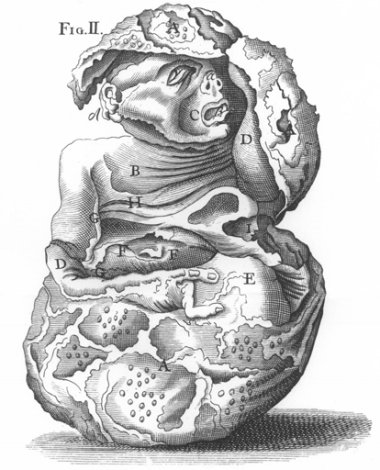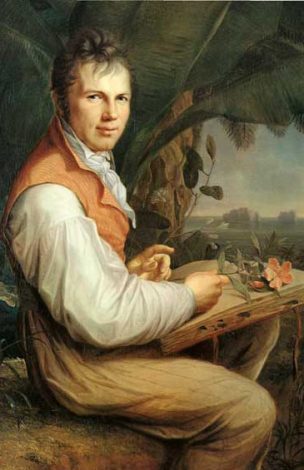“A hard tumour in the left buttock, on or near the gluteus maximus, two or three inches from the verge of the anus, a little sloping upwards… Shortly after the prongs of a fork appeared through the orifice of the sore… I made a circular incision about the prongs and with a strong pair of pincers extracted it, not without great difficulty, handle and all… the end of the handle was besmeared with excrement [and the fork was] six inches and a half long.”
As might be expected this procedure was excruciating for the patient, however he recovered after a few days’ rest. Bishop refused to tell Payne how the fork came to be in his posterior, however, Bishop’s family threatened to disown him if he did not confess the truth. According to Payne’s report, Bishop later admitted that:
“…being costive [constipated], he put the said fork up his fundament, thinking by that means to help himself, but unfortunately it slipped up so far that he could not recover it again… He says he had no trouble or pain till a month or more after it was put up.”
Source: Letter from Dr Robert Payne to the Royal Society of London, November 5th 1725. Content on this page is © Alpha History 2019-23. Content may not be republished without our express permission. For more information please refer to our Terms of Use or contact Alpha History.


